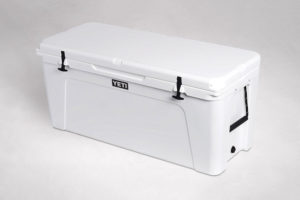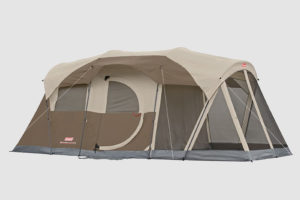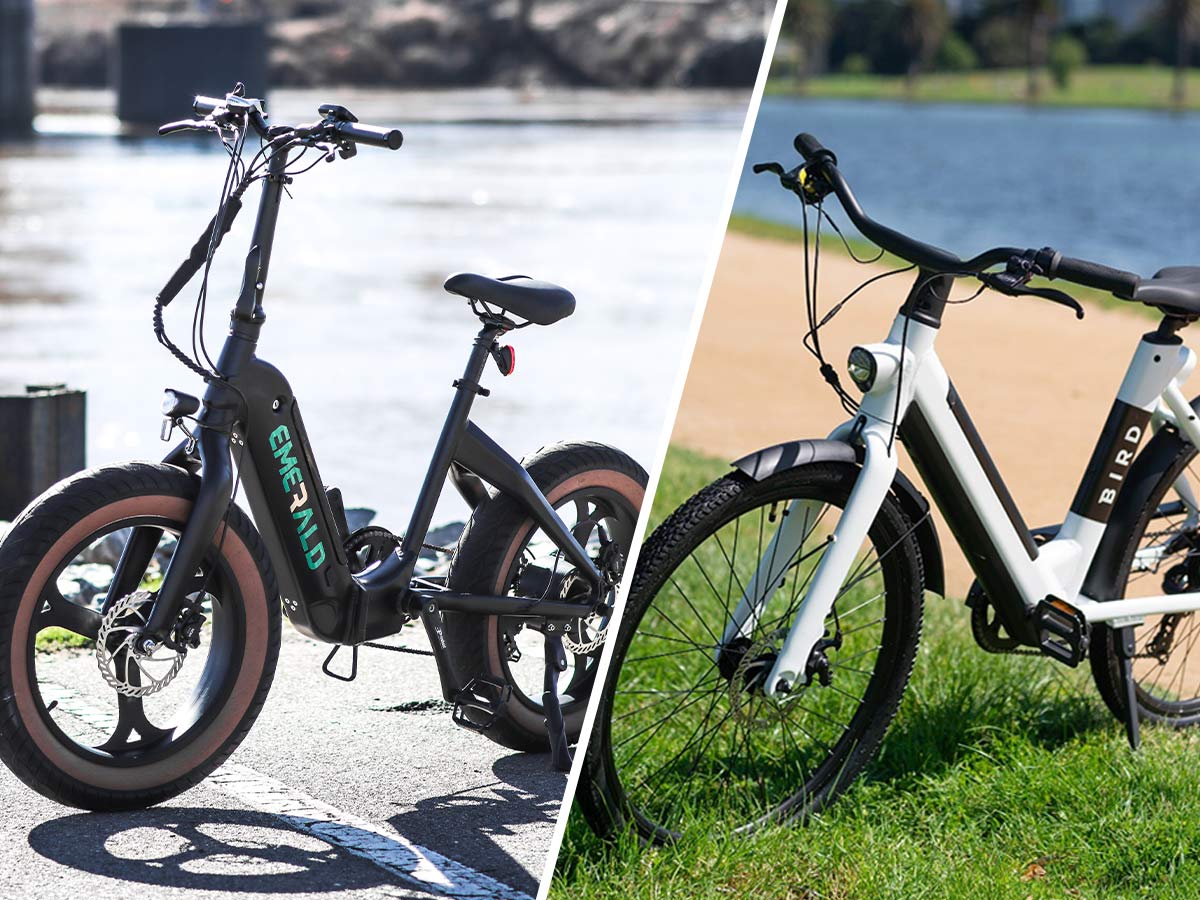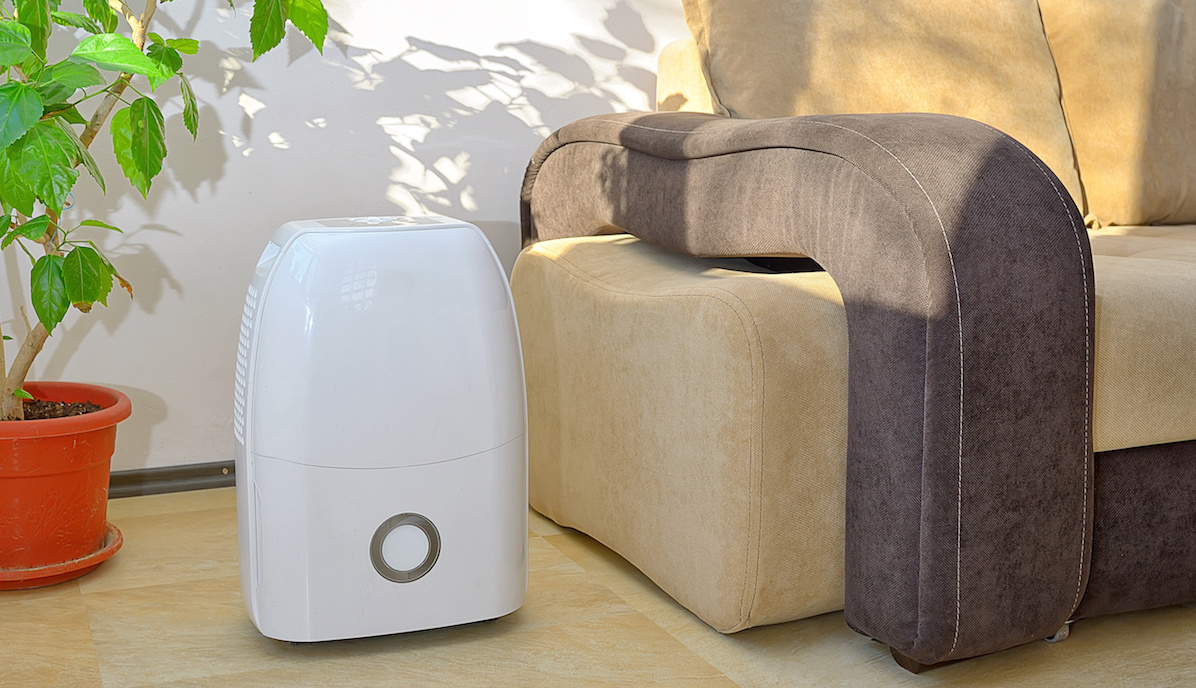Canoe vs. Kayak: Which One Will Get You Up A Creek
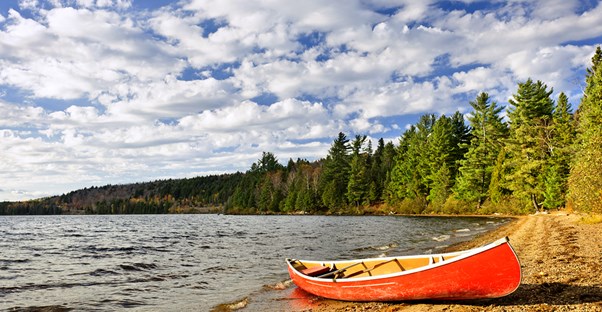
If you enjoy the outdoors or feel at home on the water, recreational paddling will be right up your alley. Between kayaking and canoeing, not to mention the many circumstances in which they can be done, paddling can be enjoyed by almost anyone. Whether you’d like to camp overnight on the water’s edge, get some outdoor exercise, paddle gently across a calm lake, or ride a raging torrent of water, a canoe or kayak can help you get that done.
The Design
Though similar, canoeing and kayaking offer different experiences to those interested. This is due to the differences in their design. Typically, kayaks will be smaller vessels than canoes. A kayak may be just as long or just as wide (which is rare) as some canoes, but it will never ride as high in the water. Kayaks typically have one seat, directly above the floor of the boat, making the paddler ride very close to the water. Though there are sit-on and sit-in kayaks, both leave the paddler sitting even with the water line. Canoes will typically allow for more paddlers and even a passenger or two, though there are solo canoes. The seating in canoes is typically raised a foot or more above the floor of the boat so the paddlers sit well above the water line.
The Paddles
The biggest difference and distinguishing factor between these two activities is the type of paddle involved. Technically, whether you are canoeing or kayaking really just depends on whether your paddle has one blade or two. Kayakers use double-bladed paddles, contacting the water on both sides of the boat in alternation. In a canoe, the paddle will have a single blade and the paddler(s) must alternate sides to steer the vessel. Some kayaks and canoes also have foot-controlled rudders that aid in steering (though some paddling purists look down on boats with rudders).
When to Canoe and When to Kayak
The hulls of kayaks are typically flatter than those of canoes. It’s this difference in design that makes kayaks more suitable for shallow streams or white-water paddling. Having a kayak contact the bottom of a body of water (scraping a rock or running aground) is common and not problematic—in many cases, it will only slow you down slightly. In a canoe, running aground can—though it won’t always—cause structural damage. More commonly, the paddlers will have to get out and walk the canoe past the obstruction. If a paddler is in an area that might require the boat to be carried over land, or portaged, to continue the paddle, they’ll want to have a kayak. Made from plastic or composite, kayaks are often much lighter and less cumbersome to carry than a canoe. Multiple paddlers make transporting a canoe easier, so both vessels can be portaged if necessary.
For camping, either vessel will work. A canoe will offer more space, however, allowing campers to bring what they need in the floor of the boat. Kayaks offer less space: though they often have hatches or dry compartments, the space is limited and the floor of the boat is almost completely occupied by the paddler.
If your only aim is to paddle, again, either vessel will work. On an open lake, the difference in canoeing and kayaking boils down to personal preference. Both are enjoyable and offer their own benefits, so if you have the means, try them both out! Popular paddling destinations often offer rentals for day-long use, so anyone interested in paddling can take a test run of sorts before buying their own boat.



